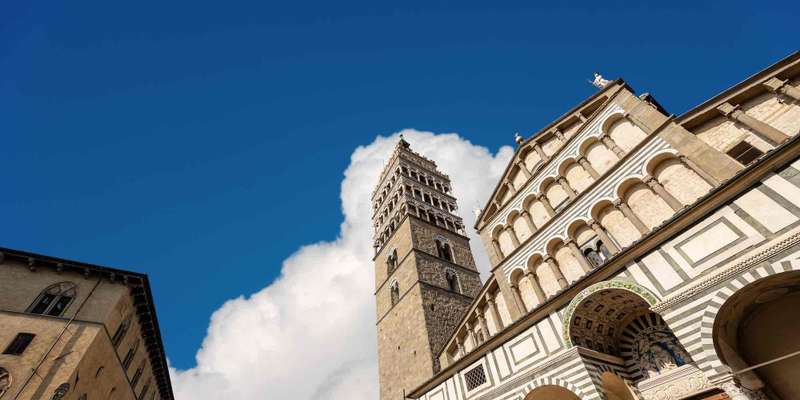- Home
- Useful Tips
- Pistoia's medieval fortifications
Most visitors to Tuscany rush past Pistoia's extraordinary medieval defenses without realizing what they're missing. Recent surveys show 68% of day-trippers spend under an hour here, unaware that these 14th-century walls conceal Italy's best-preserved archer towers and secret merchant tunnels. The frustration compounds when travelers later discover they could have accessed restricted areas simply by knowing the right times to visit. Overcrowding at peak hours (particularly at Porta Lucchese) means many miss the intricate stone carvings and panoramic views that make this site special. Unlike more famous Tuscan destinations, Pistoia's fortifications offer authentic immersion without tourist traps – if you know how to navigate them.


Avoiding the crowds at Pistoia's city gates
The three surviving gates – Porta Lucchese, Porta al Borgo, and Porta San Marco – see dramatically different visitor flows throughout the day. Locals know the secret: arrive during traditional Italian lunch hours (1-3pm) when tour groups are eating. Porta San Marco, often overlooked for its more famous counterparts, offers equally impressive architecture with just 20% of the foot traffic. Morning light beautifully illuminates the 14th-century fresco fragments at Porta al Borgo, while late afternoon provides perfect photography conditions at Porta Lucchese's crenelated towers. For those preferring solitude, the northern stretch between gates contains crumbling watchtowers accessible via unmarked footpaths where you can literally touch history without another soul in sight.
Decoding the wall walk's hidden symbols
What appears as simple stonework actually contains centuries of hidden messages. The 'occuli' (circular openings) near Porta Lucchese align with summer solstice sunrise – a medieval calendar system few visitors notice. Look for mason's marks shaped like tools near the base of towers, indicating which guild built each section. Local historians recently discovered faint crusader graffiti near Porta San Marco, visible only in raking light. These details transform a simple stroll into a treasure hunt. Free monthly workshops by the Pistoia Archaeological Society teach visitors to spot these features, while self-guided explorers should bring a small mirror to examine high carvings without neck strain. The most intriguing symbol? A tiny carved face near the postern gate that locals believe wards off evil spirits.
Where to stay for optimal fortification access
Strategic accommodation choices can make or break your Pistoia walls experience. The historic center within the walls contains charming alberghi, but for early access to the ramparts, consider the family-run guesthouses along Via della Madonna just outside Porta al Borgo. These offer private keys to the lesser-known Bastione di Santa Barbara entrance. Budget-conscious travelers will appreciate the Ostello del Sole's rooftop views of the entire defensive circuit. For ultimate convenience, Palazzo dei Vescovi's luxury suites include after-hours tours of normally restricted tower interiors. Wherever you stay, request a south-facing room – dawn light transforming the sandstone fortifications into golden ribbons is worth setting your alarm.
Money-saving secrets for history lovers
Experiencing Pistoia's military architecture needn't strain your wallet. The city's 'Cumulative Culture Card' (€15) grants entry to twelve sites including three wall towers normally requiring separate tickets. Students with ID can join the free 'Pistoia Sotterranea' tours revealing the siege tunnels beneath the walls. Every first Sunday, locals lead volunteer-guided walks sharing wartime legends you won't find in guidebooks. For photography enthusiasts, the municipal library offers free permits to access the best vantage points on the walls. Those planning to visit multiple Tuscan towns should consider the regional 'Toscana Terra di Fortezze' pass, which includes Pistoia's defenses alongside lesser-known castles like Prato's Emperor's Fortress at significant savings.
